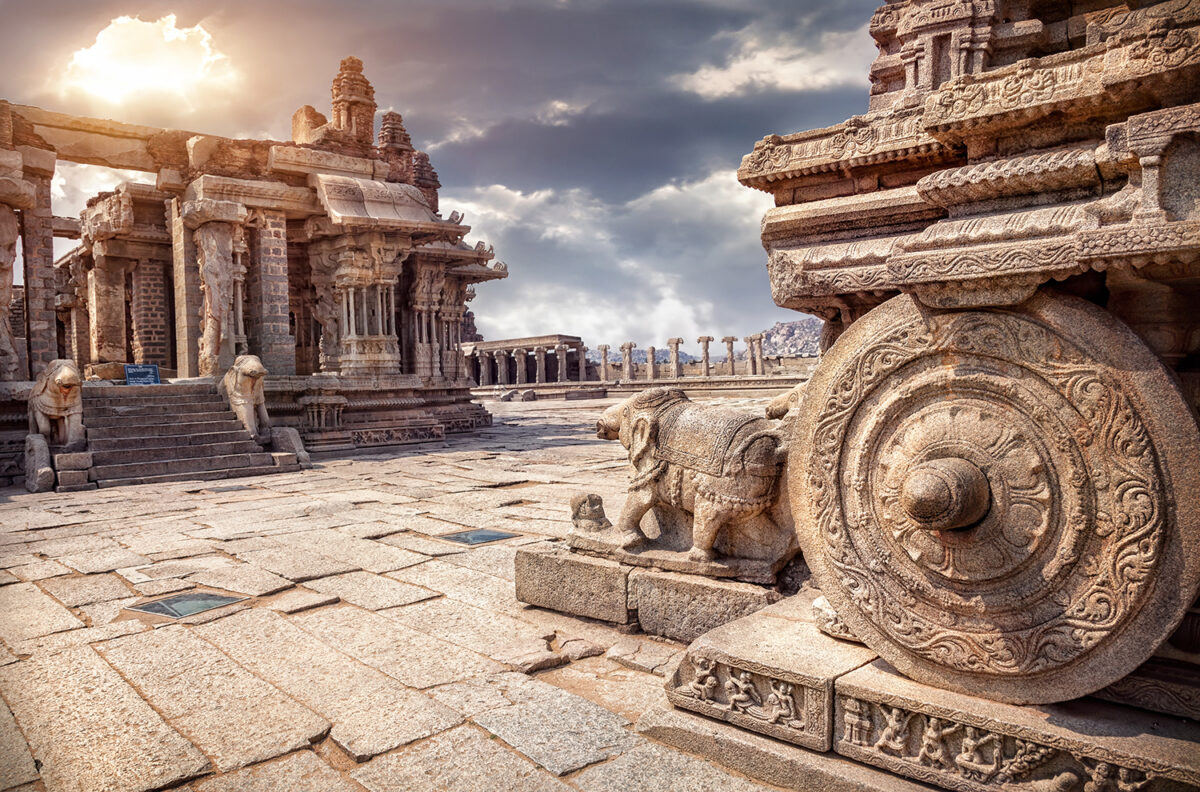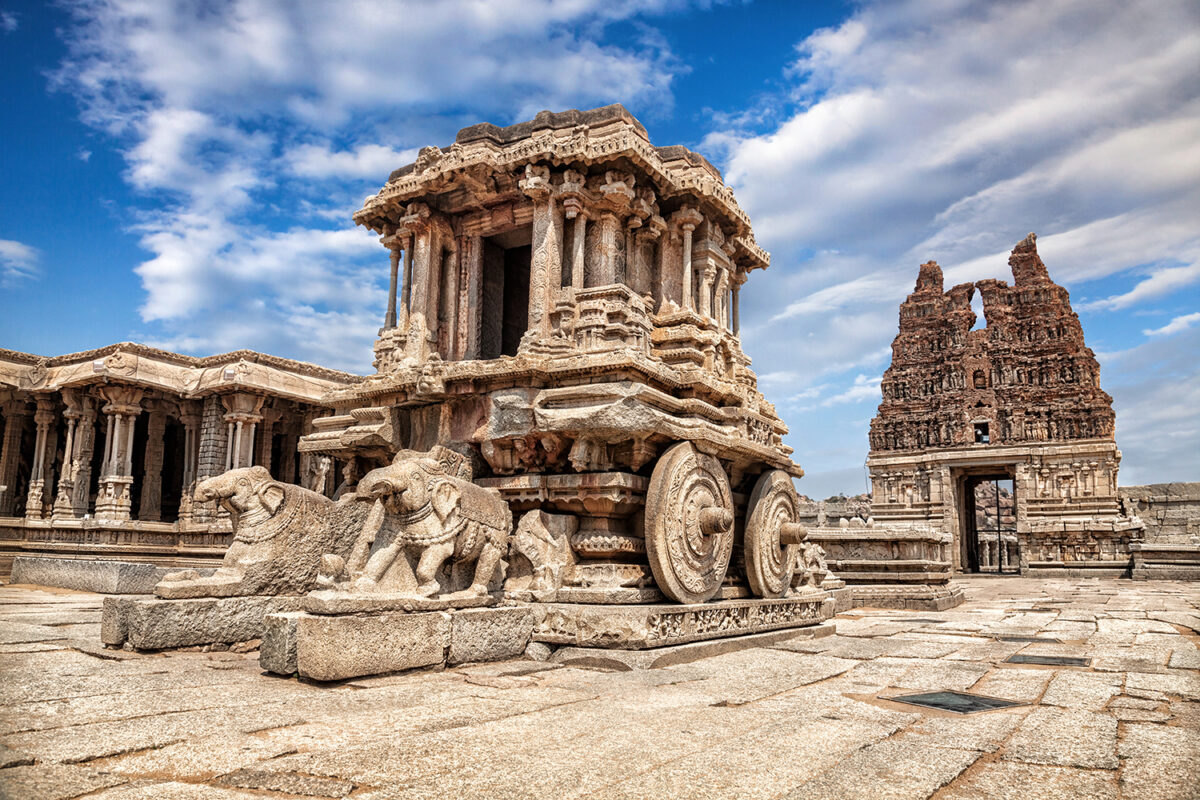Who will save India’s monuments?
The Qila-i-Mubarak (Red Fort) in Delhi has been the seat of trials and bloodshed ever since its commissioning by Mughal Emperor Shah Jahan in 1638. Set in the walled city of Shahjahanabad, the red sandstone complex was the empire’s home of administrative affairs, of celebrating art and its artists, feasts and festivities.

Almost a century later, Persian king Nader Shah ransacked Delhi in 1739 and left with Shah Jahan’s beloved Takht-e-Taos (Peacock Throne) and its encrusted Koh-i-Noor diamond in tow, among other jewels. Under the Maratha rule, the silver and gold were scraped off the ceilings of the Diwan-i-Khas, the hall of private audiences, to be melted into coins to protect the empire against Afghan threats.
The Rebellion of 1857 and the British victory saw large-scale plunder of gems, jewels and valuables. More than 80% of the palace’s inner structures, gardens and residential quarters were destroyed. As many as 400 red-and-white barracks were constructed in its place to house the British army — and later occupied by the Indian Army after independence in 1947 until 2003.
India and its monuments are remnants of wars lost and won — and now, they are fraught with destruction. Blame the climate for flooded temples. Blame overtourism for names of lovers engraved in crevices and picnic leftovers. Who do we hold responsible: the authorities for not being vigilant or eager tourists for being too careless?
Vandalising Indian heritage
This is a problem that’s taking hold across the country. A viral video from earlier in the year showed three men toppling a 14th-century granite pillar at the Vishnu Temple in Hampi, a UNESCO World Heritage site that is home to 1,600 monuments. The men planted their feet on the ground, palms resting on the structure — and as their fourth friend began filming, pushed the structure over, laughing. The caption on the video was: ‘Ruining the Ruins’.
“They claimed to have toppled the pillar in sheer excitement,” Arun Rangarajan, Bellary police superintendent, told the media.
The four men were arrested and fined INR 70,000 (about £760) each by the court. They were taken back to the scene and spent five hours re-erecting the pillar.
Months later, a 45-year-old man was charged after accidentally toppling two pillars while taking a selfie at Hampi’s Vijaya Vittala temple.
Hampi’s vandalism was shocking. Unfortunately, the governing authorities are stretched thin when it comes to monitoring and preserving India’s heritage.

The restoration of the Red Fort
The Archaeological Survey of India (ASI) has been restoring the Red Fort since 2003. The 400 structures built for the Army have been demolished. It has opened up the green space inside the complex from 15 acres to 52 acres. The remaining three-storeyed barracks have been converted into five museums that opened to the public earlier this year.
All this restoration comes at a cost. The Red Fort was ‘adopted’ by the Dalmia Bharat Group, an Indian conglomerate, for INR 250 million (about £2.7 million) last year. The group signed a Memorandum of Understanding (MoU) with the Indian government, under the latter’s ‘Adopt A Heritage’ scheme. Private/public companies or individuals, hailed as ‘Monument Mitras’, can adopt a heritage site for five years and be responsible for its development. They provide basic amenities such as drinking water kiosks, WiFi and are responsible for maintaining a plastic-free zone.
At the Red Fort, some of this has been accomplished: dustbins, benches, toilets, wheelchair-friendly ramps, braille signages are all present. The Red Fort’s famous light and sound show will also return in the coming months — with a new script. The old script narrated the history of Delhi and the Mughal Empire. The new show will be prepared by the Dalmia Group.
The ASI has been able to restore original Mughal artwork, floral and geometric motifs, on the roof of Chhatta Chowk’s arched passageway. The bazaar shops, once known for selling spices, jewels, embroideries and everything that denoted the kingdom’s wealth, have been replaced with Mughal-era arched wooden doorways. The Mumtaz Mahal has also been restored.
Prime Minister Narendra Modi recently announced that India could become a major tourist destination by the “75th year of our independence (2022)”. To achieve this, we need responsible tourism. Obey no-plastic and no-litter zones. Soak up the history — but not at the risk of taking disrespectful photos or damaging sites.
It is easy to disregard our history because we weren’t taught to care enough. We dare to leave our mark centuries later because we know that onlookers care little to stop us. A new coat of plaster and paint may cover up our undoing. But what will be left to restore if we keep chipping away at our monuments?




